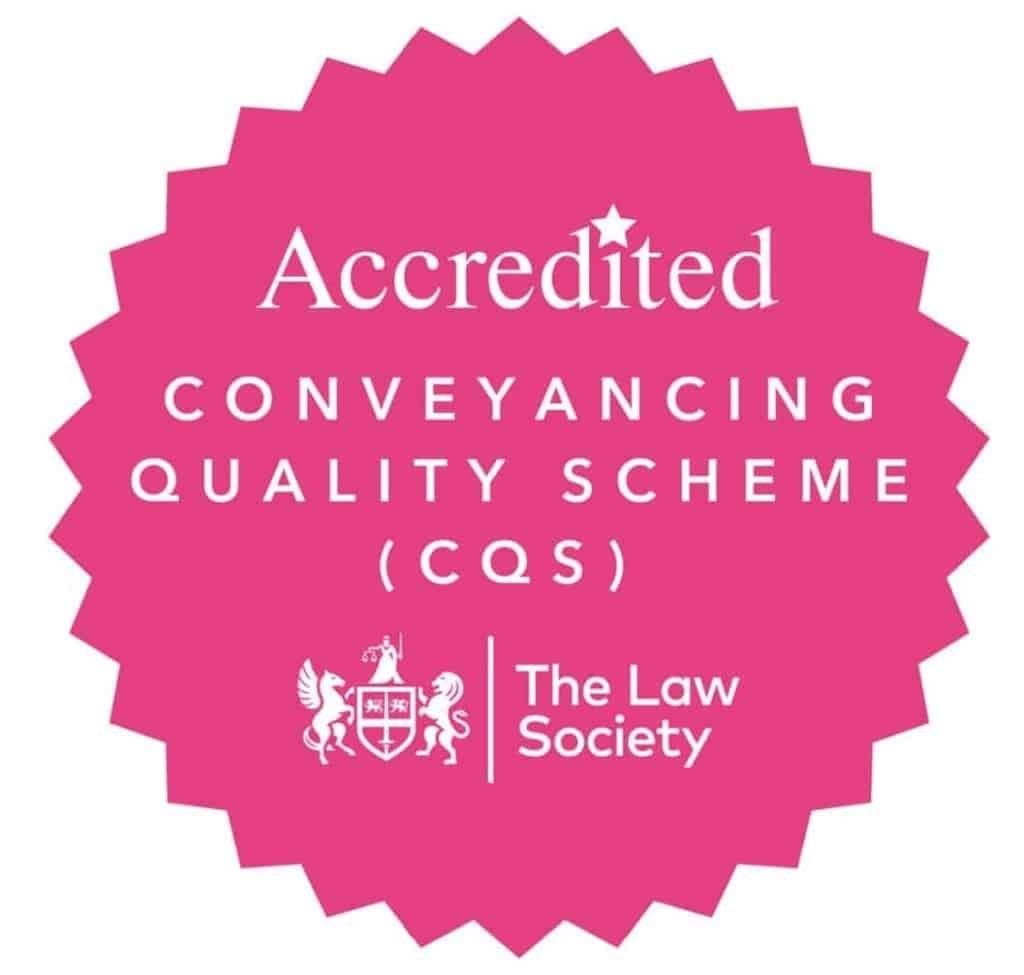Child Custody Battles: What You Need to Know
Child custody battles can be deeply distressing for both parents and children alike. If you are unable to reach an agreement with your ex-partner regarding the custody arrangements for your child/ren, it is important to seek professional legal advice.
A family law professional will listen to the details of your case and explain how to obtain custody and your chances of being awarded custody by a family court. In this article, we will explain how you can resolve even the most acrimonious custody battle in the best interests of you and your child.
Consider ADR as a way of reaching a resolution
Even the most difficult child custody battle can be resolved outside of the court system using alternative dispute resolution (ADR). ADR includes methods such as:
- Negotiation – whereby Solicitors representing each party seek to reach an agreement
- Mediation – involves the use of a neutral third-party mediator who helps parties to reach a negotiated settlement of their dispute. Using this method, parties retain control of the decision and any terms
- Collaborative law – involves the use of specially trained family law practitioners who act for each party to resolve family law disputes through four-way meetings
- Arbitration - A non-court alternative method of resolving disputes whereby an independent and impartial arbitrator is appointed by the parties to reach a binding decision. Decisions made using this method are extremely robust, and there are very limited grounds for bringing a challenge.
ADR is not only less costly and faster than taking a custody battle through the court system, but it is also highly effective. According to statistics published by the government, around 70% of cases involving mediation services will resolve their issues outside of a courtroom. It is also important to bear in mind that ADR is extremely beneficial when it comes to preserving relationships between parties for the sake of the children concerned.
This is because ADR methods are designed to be respectful and non-contentious.
Another reason to seek a resolution as early as possible through ADR is that the courts will not normally consider a family dispute until an out-of-court dispute resolution method has been considered by both parties. You and your ex-partner will be expected to have attended a Mediation Information Assessment Meeting (MIAM) before making an application to the court for a Child Arrangements Order. A MIAM is a meeting attended by both parties with a trained mediator who will explain how mediation can assist in such disputes. In some cases, the mediator may recommend that mediation is not appropriate – for example, where there has been domestic abuse or child abuse within the family.
What is a child arrangement order?
If you are unable to reach an agreement with your ex-partner regarding the custody of your child, you will need to apply for a CAO. This means that the court will make a decision on the custody of your child, and this will be documented in a CAO.
A child arrangement order (CAO) is a formal legal document which defines where a child lives and who they can have contact with. A CAO may specify any of the following custody arrangement types:
- One person with whom the child is to live.
- Two people who live in the same household as persons who the child will live with. This type of CAO is normally made in favour of a child's parent and step-parent.
- Two people who live in different households as persons who the child will live with. In this case, the CAO will outline when (i.e. what day and time) the child will live in each household. This type of CAO may be used where it is preferable for both parents to share custody between their individual households (the amount of time spent in each household does not necessarily have to be equal).
Depending on the circumstances of the case, the court may issue an order for a different type of custody arrangements under a COA, including:
- Direct contact arrangement – whereby the child stays with or visits someone in person
- Indirect contact arrangement – whereby contact with the child takes place by letter, e-mail, phone, video call, or instant messaging.
- Overnight and visiting contact arrangements – allows the child to spend a specified number of hours with a person or overnight.
- Supervised and unsupervised contact arrangements – if the court considers that there is a risk to the child with direct or indirect contact, it may request that contact arrangements be supervised by a third party.
Final words
It is essential that throughout the custody process, you cooperate with your spouse, avoid being drawn into provocation, and pay any maintenance you owe on time. By showing the court that you are prioritising the welfare and well-being of your child, you will increase the chances of being awarded custody of your child. It is also advisable to keep records and a diary so that you can accurately relay to the court what has happened and when.
For a free consultation to discuss how you can win custody of your child following separation, please call our understanding and caring family law team on 0208 300 6666.














